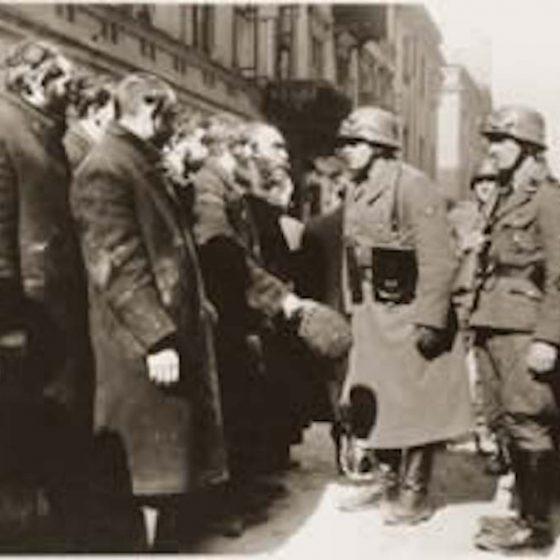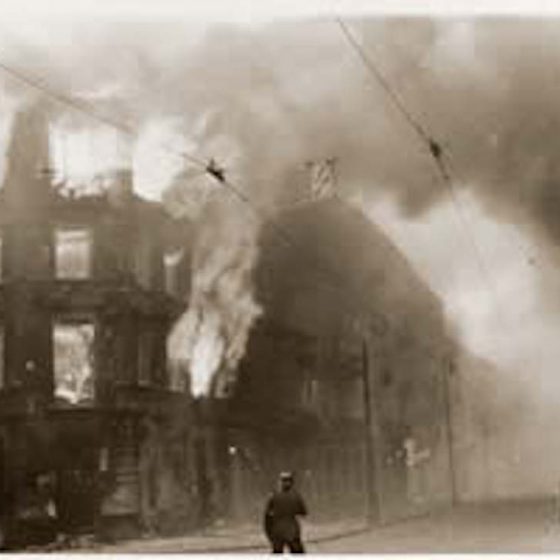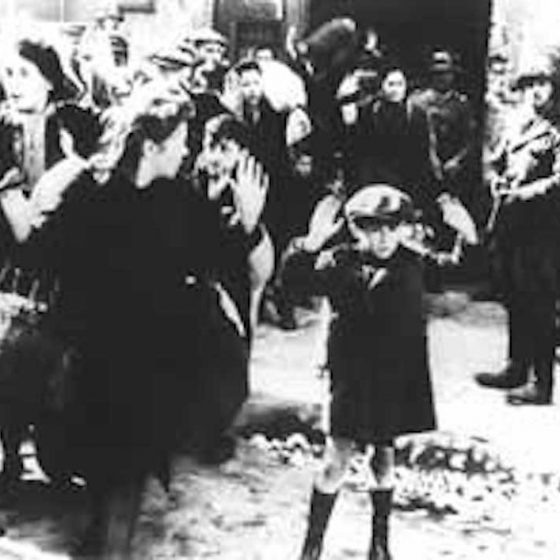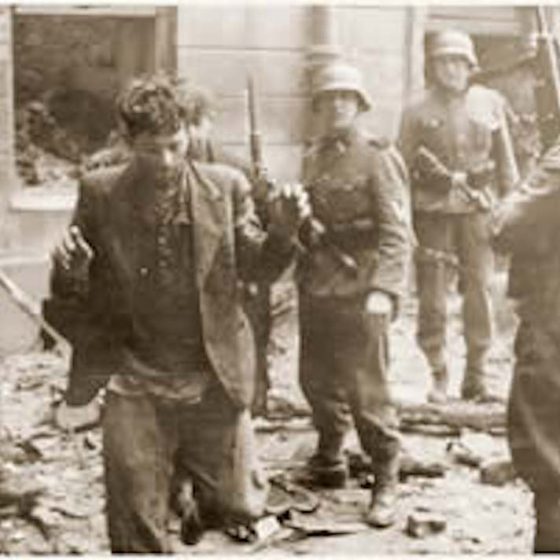The Warsaw Ghetto (1940-1943)
The Warsaw Ghetto (1940-1943) is documentary project that features three films. The main film is 912 Days of the Warsaw Ghetto (37 min.), and the two short ones are Children in the Ghetto and Warsaw Ghetto Uprising. These films were created for the Jewish Historical Institute as part of its permanent exhibit on the fate of Warsaw’s Jews during the period from 1939 to 1945. They present the daily lives and deaths of those imprisoned in the ghetto, their hopes and efforts to survive, their armed resistance and struggle, and finally their total extermination. Unique Polish and German archival materials were used in the preparation of these films. Read more below.
ABOUT FILM
CREDITS
REVIEWS AND REACTIONS
ABOUT FILM
The Warsaw Ghetto 1940-1943 is documentary project that features three films. The main film is 912 Days of the Warsaw Ghetto (37 min.), and the two short ones are Children in the Ghetto and Warsaw Ghetto Uprising. These films were created for the Jewish Historical Institute as part of its permanent exhibit on the fate of Warsaw’s Jews during the period from 1939 to 1945. They present the daily lives and deaths of those imprisoned in the ghetto, their hopes and efforts to survive, their armed resistance and struggle, and finally their total extermination. Unique Polish and German archival materials were used in the preparation of these films.
Before World War II, Warsaw was the biggest Jewish community in Europe and second largest in the world after New York; over 380,000 Jews lived there. It was the most important center of Jewish culture in Poland and one of the most important in the world. In the fall of 1939, when the Germans attacked and occupied Poland, they started their brutal, anti-Semitic campaign at once. In October of 1940, the Germans ordered all Warsaw Jews into one district designated especially for them, which was then surrounded by a three-meter-high wall. The Jews, under threat of the death penalty, were not permitted to leave the ghetto. Later, about 100,000 Jews from the outskirts of the Warsaw region were also moved into the ghetto; more than half a million were forced behind the walls. Dramatically difficult living conditions in the ghetto, extreme crowding and lack of employment, were further intensified by hunger and epidemics that were intentionally brought on by the occupiers.
CREDITS
Produced by:
The Jewish Historical Institute & TPS Film Studio
Production Staff:
Tomasz Pijanowski, Krzysztof Wesolowski, Adam Lipinski, Stanislaw Szczycinski, Bartosz Swierczynski & Marek Plucinski
Narration:
Feliks Tych
Voice overs:
Eva Lacek, Ross Emans, David Smith, Jan Frontzek, Dr. Jürgen Hensel and Mrs. Roswitha Buschmann
Consultants:
Dr. Eleonora Bergman, Jan Jagielski, Dr. Ruta Sakowska & Prof. dr. hab. Feliks Tych
Languages:
English, German, Hebrew, Polish
REVIEWS AND REACTIONS
This outstanding title consists of three documentary films of which the principal work, 912 Days of the Warsaw Ghetto, is the most sobering and reflective revisitation of Germany’s confinement and eventual extermination of Warsaw’s Jewish populationduring World War II. Media collections will find this a valuable resource to support curicular needs as well as for individual students with an interest in the topic.
School Library Journal








